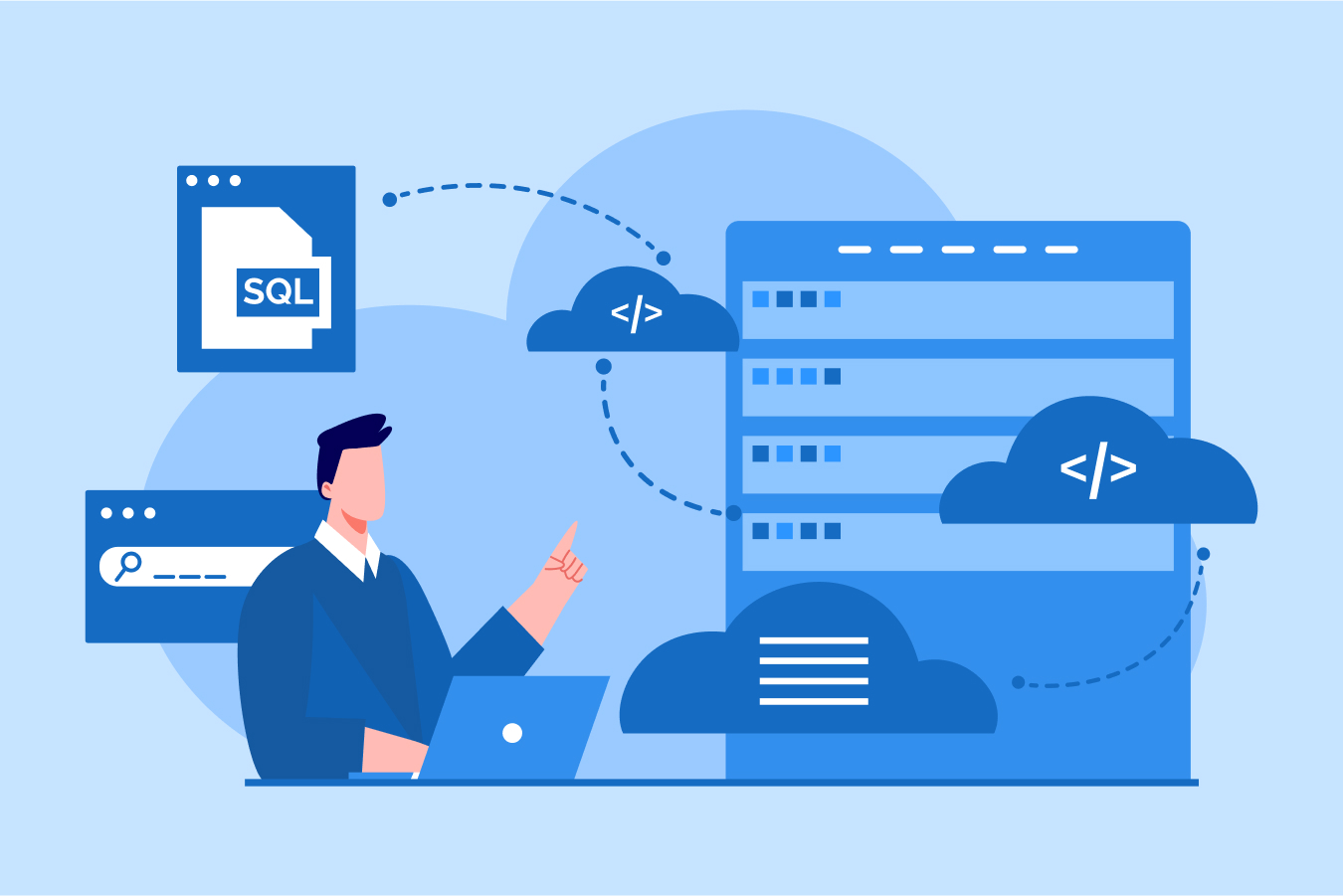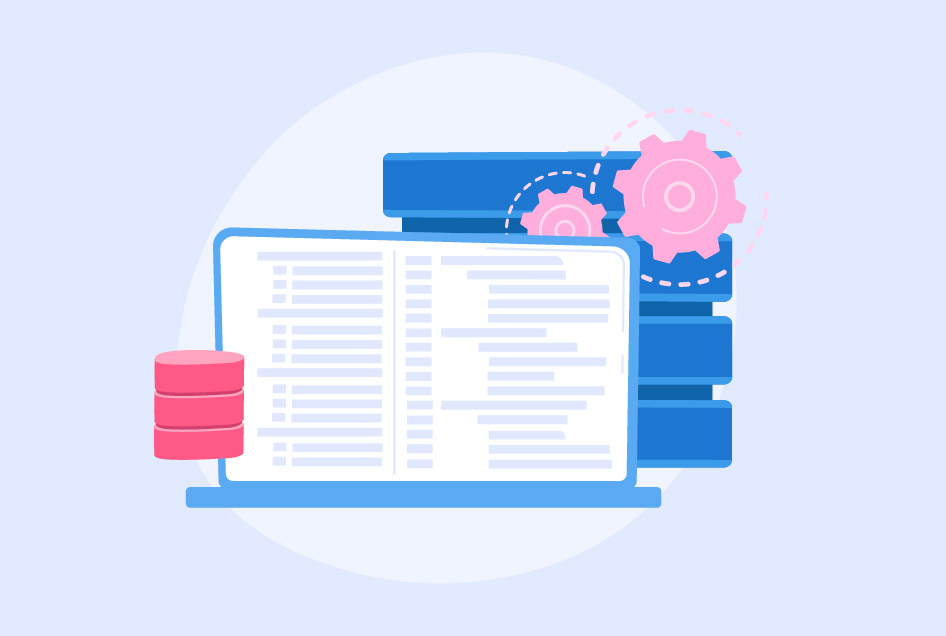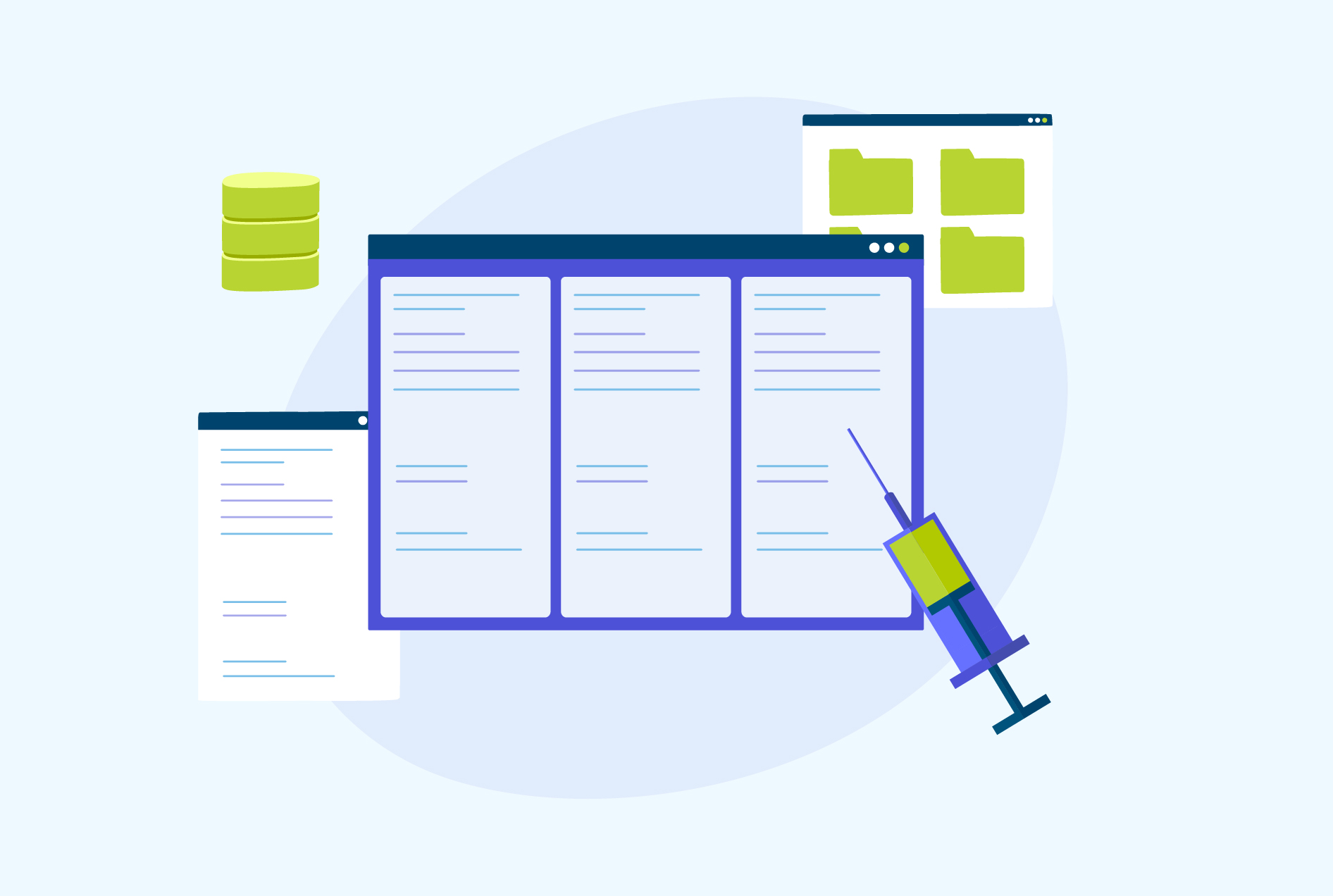Top 10 Advantages and Disadvantages of PL/SQL
The PL/SQL language was developed by Oracle Corporation in the 1990s as an extension of the SQL language. SQL is a widely used programming language in database management. To achieve faster processing of data, PL/SQL was developed. The purpose of the inception of PL/SQL is to combine the database management language and procedural programming language. This blog discusses what PL/SQL is, and the advantages and disadvantages of PL/SQL.
What is PL/SQL?
The acronym PL/SQL stands for “Procedural Language Extensions to the Structured Query Language” developed by Oracle. It is a fully integrated, high-performance database language.
PL/SQL combines a procedural language (PL) and a block-structured language. It is a superset of SQL. It uses procedural elements like conditions and loops, allows the declaration of triggers, procedures, functions, types, and variables, supports arrays, and handles exceptions. PL/SQL also contains block-structure codes for writing programs, functions, and procedures. It wraps multiple statements in a block of code, executing the entire block at a time, unlike SQL’s single-statement execution.
To fully understand what PL/SQL is, you have to understand SQL in detail. You can choose to take advantage of the SQL course to learn more.
Also Read: Difference Between SQL and PL SQL
10 Advantages of PL/SQL
Some of the advantages of PL/SQL are:
1. High-Level of Execution
Unlike SQL, where a single statement executes one at a time, PL/SQL executes the entire block of code containing multiple statements. The block itself is an executable statement, as all the statements run once the block executes.
2. Increased Performance
It executes the entire block of code in one go instead of sending the statements to the database one by one. This allows fast processing, reducing traffic between the database and applications, and is beneficial when dealing with large amounts of data.
3. Compatibility with SQL
PL/SQL aims to combine procedural programming language and database language. It extends the capabilities of SQL by adding procedural features like loops, conditions, and data handling. It uses SQL statements, data types, functions, cursors, data manipulation, etc., in PL/SQL blocks.
4. Supports Portability
PL/SQL applications are portable because they can run on any operating system and other platforms supported by Oracle databases without any changes. They are easy to deploy and maintain as they are not dependent on host operating systems or databases.
5. Better Productivity
PL/SQL allows you to write compact programs in the form of blocks of code, leading to increased execution. It offers higher productivity to programmers as it can query, transform, and update data in a database more efficiently and with fewer errors.


6. Provides Diverse Support
It supports:
- Object-oriented programming with abstract data types.
- Web application development by generating web pages directly from the database.
- Server page development by creating web pages with dynamic content.
7. Time-Saver
The time needed for development and debugging is decreased because of PL/SQL’s robust data querying, manipulating, and updating capabilities. Furthermore, strong features like exception handling, encapsulation, data hiding, and object-oriented data types in PL/SQL help create dynamic web pages quickly and easily.
8. Integration with Other Programming Languages
With PL/SQL, developers cannot only take advantage of the language’s own features but also integrate it with a number of other programming languages, such as ava, PHP, Python, .NET, Hadoop, Node.js, etc., to boost productivity, data integrity, and scalability.
9. Error Management
PL/SQL performs exception handling (runtime errors) efficiently. It has a wide range of means to assist you in identifying errors, diagnosing them, and informing users of application-specific issues.
10. Reusability of Code
The PL/SQL packages enable programmers to create modular, reusable code, enabling them to write code once and use it across various applications. This makes it simpler to maintain and debug the code and reduces the amount of code writing that must be done over and over again.
Wondering how to get a job? Start your journey in the booming data science industry by enrolling in our data analyst course with placement.
Having discussed the benefits of PL/SQL, let us now see some of the disadvantages.
5 Disadvantages of PL/SQL
Some of the disadvantages of PL/SQL are:
1. Memory Usage
PL/SQL procedures use a huge amount of memory. The amount of memory area used depends on factors such as –
- Size of the procedure
- Number of users using the same procedure
- Amount of data being processed by the procedure
2. Debugging Limitations
PL/SQL lacks functionality for debugging stored procedures. This means that it is difficult to identify and fix errors quickly, making debugging time-consuming and leading to longer development cycles for applications.
3. Dependency Between Database and Presentation Layer in PL/SQL
Any change to the underlying database necessitates a corresponding change to the presentation layer. This can result in a lot of manual coordination and work between the database and presentation layers, which can slow down development cycles and increase the risk of errors.
4. Ambiguity in Front-end and Back-end Roles
It does not entirely distinguish between front-end developer and back-end developer roles. Some tasks can be done by both front-end and back-end developers, like creating the database or coding the user interface. Due to this, it can be difficult to determine who should play what role, and sometimes efforts are put in twice.
5. Challenges to Separate HTML and PL/SQL Development
It is due to the common use of PL/SQL code in dynamic web applications, where HTML structure and content are generated or processed. This means that the same PL/SQL code can generate HTML content, query, or update the database, enabling tasks requiring both HTML and database interaction.
Features of PL/SQL
To understand the benefits of PL/SQL, it is important to take note of its features. They are as follows:
- Integration with SQL: It is tightly integrated with SQL. PL/SQL enables all users to use SQL’s data manipulation, data types, cursors, functions, etc.
- Block of Code: PL/SQL block-structure code has three sections:
- Declaration: Statements that declare variables, constants, and other code elements.
- Execution: Statements that run on the execution of the block.
- Exception Handling: A section of code that is used to catch run-time errors.
- This feature serves as one of the main advantages of PL/SQL in DBMS.
- Data Types: PL/SQL has a broad range of data types:
- Scaler data type includes numeric, character, date-time, and boolean.
- Large Object (LOB) data type refers to large data items such as text, graphic images, video, and audio.
- User-defined subtypes are a subset defined by the user of another data type.
- Stored Procedures and Functions: PL/SQL allows the creation of reusable code that specifies the logic of the operations. These are called stored procedures. PL/SQL functions are the same as stored procedures. The only difference between the two is that procedures may or may not return a value, but functions do. Functions contain a return statement to return a value.
- Cursors: A cursor points to the memory area known as the context area. A cursor in PL/SQL allows you to name and access a work area.
- Exception handling: Here, an exception means an error. PL/SQL provides an exception block that stores the necessary conditions to check for an exception and take action to rectify it. These exceptions can be user-defined or system-defined.
- Triggers: A trigger in PL/SQL is a named database object that contains a set of actions that are automatically executed when insert, update, or delete commands are performed on a table.
- Packages: PL/SQL packages are named. It is a schema that is a collection of logical functions, variables, cursors, and subprograms referenced by a common name.
Conclusion
Knowing how PL/SQL works is a plus for a developer. To implement PL/SQL is to overcome the shortcomings of SQL. Working with SQL and PL/SQL increases your chances of becoming a full-stack developer. You can add color to your career when you learn about the advantages of PL/SQL and how it can be used with other programming languages as well as for database operations.







